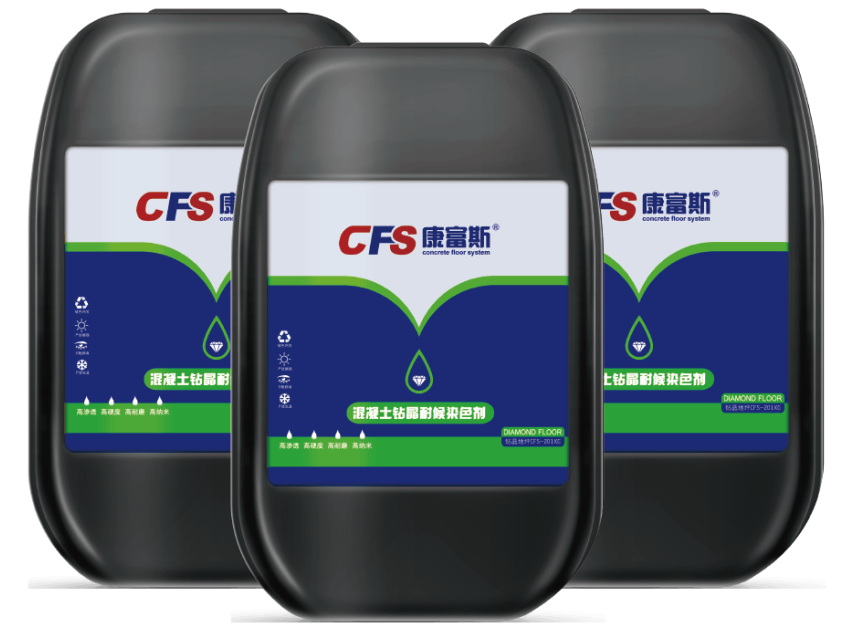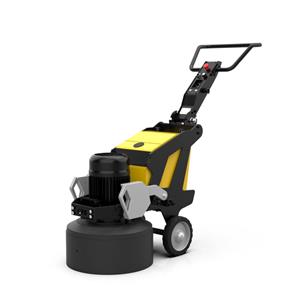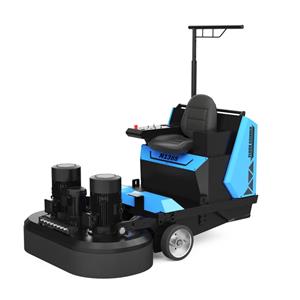Colorants name origin and testing skills
There is a component (hereinafter referred to as component 1) in the coloring agent. After infiltrating into the concrete, it forms a chemical sol with the water in the concrete. A part of the sol reacts with the calcium hydroxide in the concrete to change the calcium hydroxide without strength in the concrete into a chemical sol. into a strong substance. A very small part, self-condensed into a water-insoluble gel, and gradually dried and condensed to form a strong "nano-silicon". They bond firmly to the original concrete and close the pores of the concrete, increasing the density of the concrete and reducing the ingress and egress of water. The reaction product has a high hardness, which increases the hardness of the concrete. While the seal is curing, the stain that binds to the concrete is locked inside the concrete.

In the 201 stain, there is a blocking agent (hereafter referred to as component 2) that penetrates the inside of the concrete together, binds firmly to the concrete, locks the color, and improves the compactibility of the concrete again.
The permeation of solvent, component 1 and component 2 in concrete is inverted triangle, and they carry out three steps permeation distribution with dye. By sealing the pores in the concrete, the dye is locked and water is prevented from migrating. The coating of the dye by component 1 reactant and blocking component 2 prevents light from directly contacting the dye on the concrete surface, consuming light energy and thus delaying light fading.

When our dye meets water, it reacts, and over time, it forms a jelly-like gel. The jelly eventually forms a hard, insoluble substance that fills the pores of the concrete. Such a dye, the color fastness is also high.




